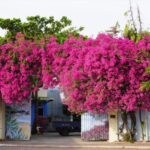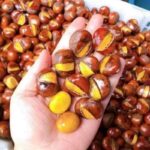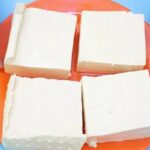Why Mit Fruit Tree Wood is Used for Sculptures in Ancient Vietnam
Why did ancient Vietnamese use mit fruit tree wood for sculptures?
Mit fruit tree wood possesses several desirable characteristics, making it an ideal choice for creating sculptures and religious artifacts. One of its key advantages is durability; mit wood is resistant to warping and is less susceptible to termite damage, ensuring the longevity of the sculptures.
Additionally, mit wood is capable of withstanding various weather conditions and adapting to different environmental settings. Even in the humid environments of temples and shrines, mit wood retains its beauty and integrity.
The wood’s workability is another advantage. Its relatively soft structure and fine grain facilitate intricate carving and sculpting, allowing for the creation of delicate and intricate details in the sculptures.
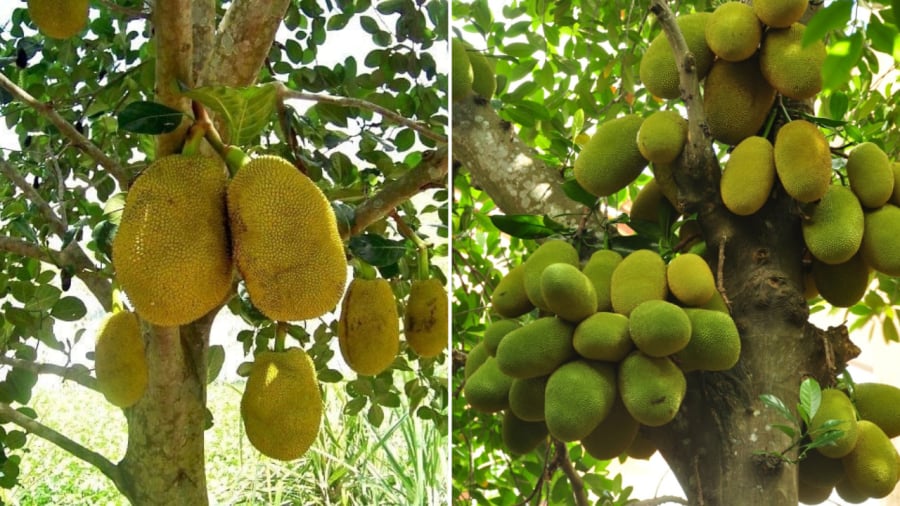
Mit wood’s color and durability make it a popular choice for sculptures and religious artifacts.
Freshly cut mit wood exhibits a vibrant yellow color, which gradually deepens over time into a rich brown hue, adding a sense of warmth, elegance, and solemnity to the sculptures.
Mit trees are widely cultivated in Vietnam due to their ease of growth and adaptability to various environmental conditions. Beyond its use for wood, the mit tree also bears edible fruits that are harvested for consumption.
In the realm of spirituality, mit wood is believed to bring prosperity, good fortune, and peace to families. Sculptures crafted from mit wood are thought to absorb positive spiritual energy from the tree, infusing the place of worship with a sense of tranquility and prosperity.
The wood also emits a subtle, pleasant fragrance, enhancing the ambiance of the sacred spaces. These combined qualities make mit wood a preferred choice for creating sculptures and religious artifacts in ancient Vietnam.
Why is it considered inauspicious to plant a mit tree in front of your house?
There are several reasons why planting a mit tree in front of your house is not advisable. Firstly, mit trees are long-lived and can grow to considerable heights, with branches spreading outward. They require ample space to grow and may not be suitable for smaller residential lots.
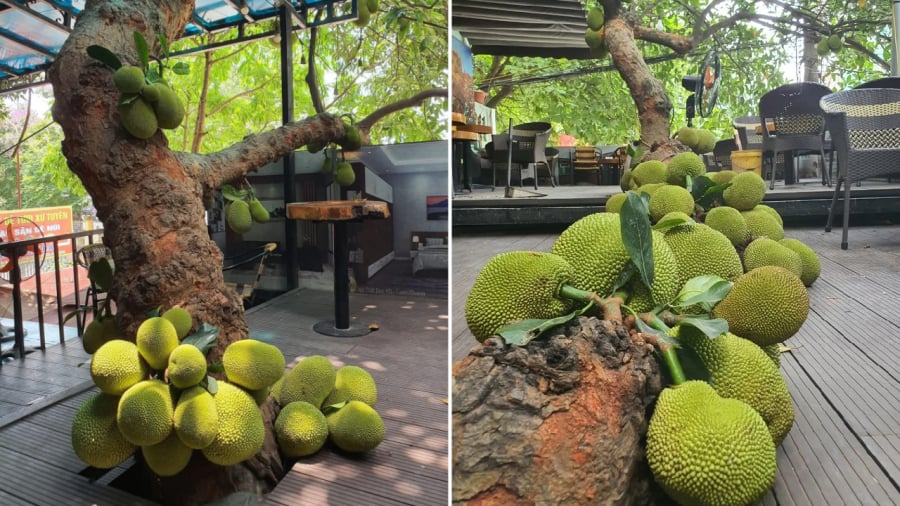
Mit trees are not recommended for planting directly in front of a house.
Mit trees shed a significant amount of leaves, and if not cleaned up promptly, they can impact the aesthetics and hygiene of the home. Additionally, the wide canopy of the tree can block sunlight from entering the house, creating a dark and energy-draining living space.
In Vietnamese culture, there is a belief that “mit trees have spirits, and banyan trees have gods.” As a result, people often avoid planting these trees in front of their homes to ward off bad luck.
If you wish to grow a mit tree, it is advisable to plant it in the backyard or in a spacious garden area. Remember to consider your available space and the potential impact on your home’s aesthetics, hygiene, and energy flow.
This information is for reference only and is subject to individual interpretation.
Why Do Foreigners Rarely Use Phone Cases? It Turns Out There’s a Surprising Reason.
The use of phone cases is an intriguing cultural contrast between foreigners and Vietnamese locals. While it is uncommon for foreigners to adorn their phones with cases, it is quite the opposite for the Vietnamese, for whom a phone case is a ubiquitous accessory. This prompts the question: why the disparity?
The Ultimate Guide to Buying Chestnuts: How to Spot the Perfect Sweet and Nutty Treat
When purchasing chestnuts, don’t just look for large sizes. Instead, seek out nuts that are uniformly shaped and boast a glossy sheen. According to expert sellers, the sweetest and most delicious chestnuts have a nutty, slightly sweet flavor and are never chalky. Additionally, a simple shake test will reveal their quality – listen for a subtle rattle, which indicates the best of the bunch.

























